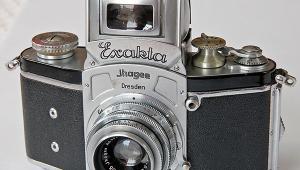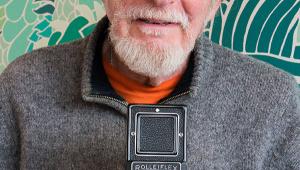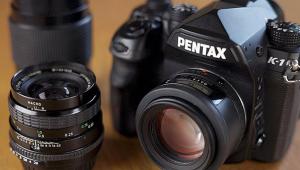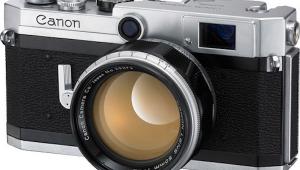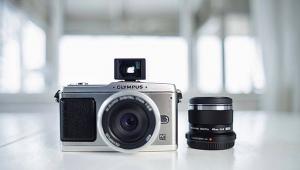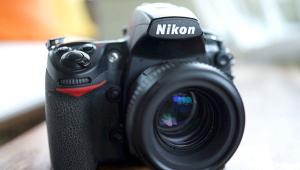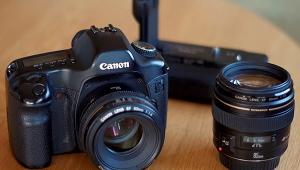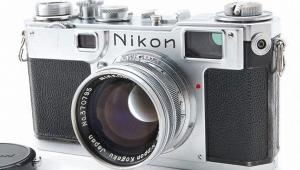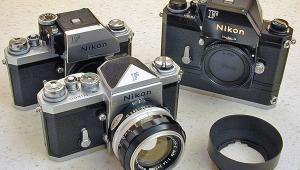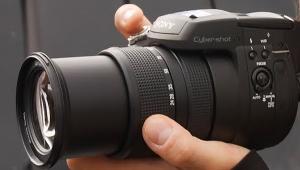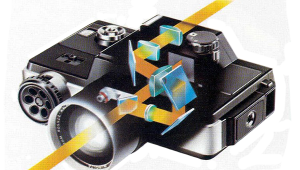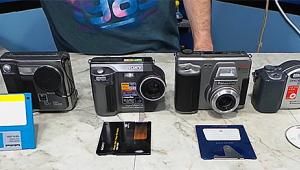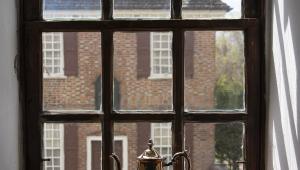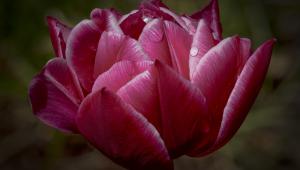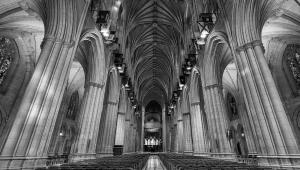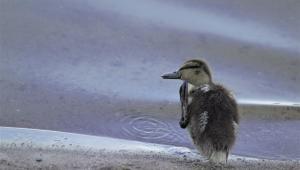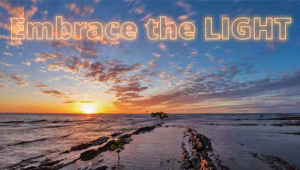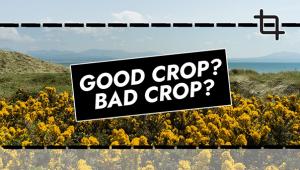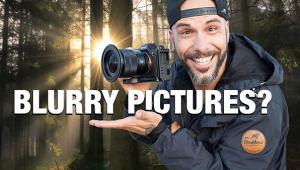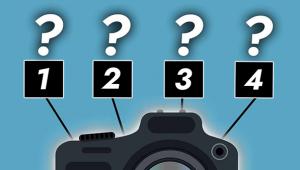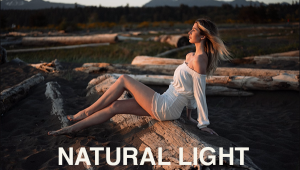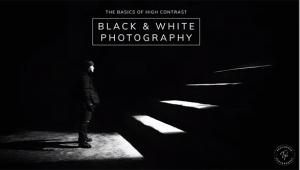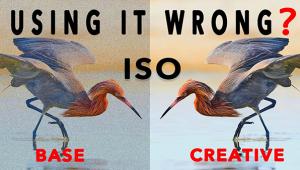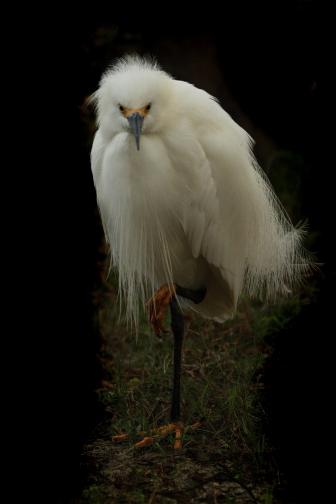Classic Cameras
The Linhof Technika 70
A "universal" camera intended for both handheld action and tripod-mounted corrective photography, the Linhof Technika 70 is a combination of press and technical designs. Introduced in 1963 by Nikolaus Karpf KG in Munich, Germany, the Technika 70 was similar in concept (combined range/viewfinder focusing, folding-bed bellows camera of alloy metal construction) to the previous Super Technika's III and IV. For the Technika 70, the top-mounted rangefinder was a completely new design with a larger, brighter finder having 6x7cm format reflected frame lines for up to three rangefinder-coupled lenses. The lens-coupling cam had a ratcheted mechanism allowing faster lens switching. An uncoupled selenium meter was built-in. The front standard was new, introducing on-axis tilt and lateral shift. The revolving four-way articulating back was retained from the earlier models, as were front rise and the drop bed to allow use of wide angle lenses. A system camera, 6x7cm rollfilm backs, sheet film holders, Polaroid backs, and a number of focusing accessories were available. Superbly crafted, the Technika 70 was manufactured until '79 and replaced by the 2x3 Super Technika V which, with its side-mounted rangefinder, resembles a "baby" version of the 4x5" Super Technika cameras.
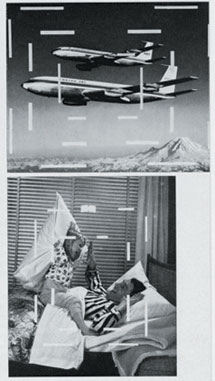 |
|
|
The highlight of the Technika 70 is the integrated range/viewfinder which shows 6x7cm frame lines for three rangefinder-coupled lenses. "Type 1" cameras were made with 65/100/180mm frame lines, "Type 2" cameras had 53/80/180mm frame lines, and "Type 3" cameras had 53/100/180mm frame lines. The rangefinder focuses as close as 32" and the frame lines are corrected for parallax and field reduction to 4 ft with wide angle and normal lenses, and 6.5 ft with the 180mm telephoto lens. Red warning signals appear in the finder frame lines when one focuses closer than the field is accurately indicated. The finder is vertically oriented and not horizontally switchable. Therefore, in the aircraft picture shown (at infinity focus) the camera is being held sideways. In the candid photo the camera is in the upright position and close-up, with the innermost telephoto frame line switched off.
The Technika 70's viewfinder is similar to the Leica M camera, except that the normal and wide angle frame lines are always visible and only the telephoto can be switched on/off. The rangefinder has a base length of 93.5mm, one of the longest ever offered on a medium format camera. This allowed accurate focusing of 240mm telephoto lenses at middle distances and according to the instruction manual, objects at 600 ft could be accurately differentiated from infinity. In addition to a vertical-leveling indicator located within the viewfinder, there is a rangefinder-coupled distance meter reading out on the back of the camera.
Lenses from 53-180mm (telephoto lenses to 240mm) were coupled to the rangefinder via a trilobed metal cam placed in the bed of the camera. Cams have the serial numbers of the lenses for which they were cut engraved on their top surface, along with the focal length and a color code as to which lens stops on the focusing track are used.
 |
|
|
Linhof quality-tested and selected lenses from Rodenstock, Schneider, Voigtländer, and Zeiss, mounted in Synchro Compur shutters, were available factory cammed to the Technika 70 rangefinder. These included the high-grade optics of the day, such as the Zeiss Biogon, Planar, and Sonnar; the Voigtländer Apo Lanthar and Telomar; Schneider Super Angulon, Xenotar, Tele Arton, and Symmar; and Rodenstock Grandagon and Rotelar. These single-coated lenses are still capable of excellent results and, except for the 80mm Planar/Xenotar, have the capability for at least limited camera movements at smaller apertures.
The Technika 70 will accept lenses whose rear element is less than 62mm diameter and whose shutter will fit between the front standards (approximately 80mm wide; lensboards are 75mm wide). Essentially, this means a Compur/Copal size 1 or smaller shutter. If you require the ultimate in image quality, the latest production multi-coated lenses can still be factory cammed for rangefinder focusing (new focusing cam from www.linhof.de, Euro 50.29 and coupling costs per each lens, $200 by Linhof or Marflex). Alternatively, new and vintage lenses, offering their unique image qualities and coverage capabilities, can be used by simply mounting on a lensboard for ground-glass focusing as on any view camera.
- Log in or register to post comments

